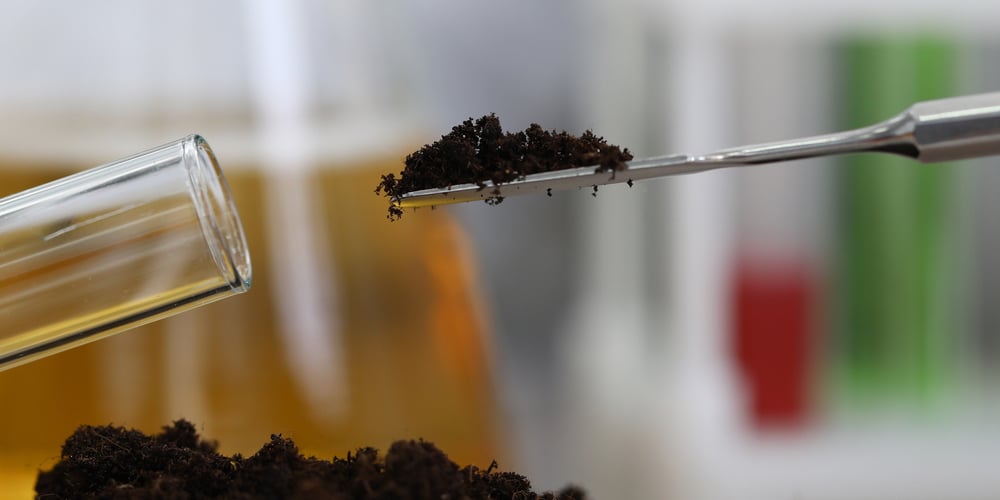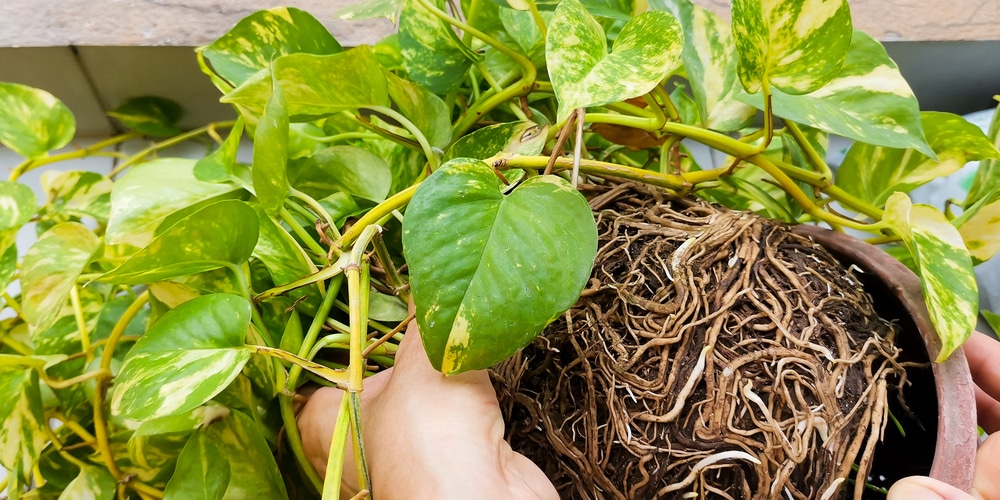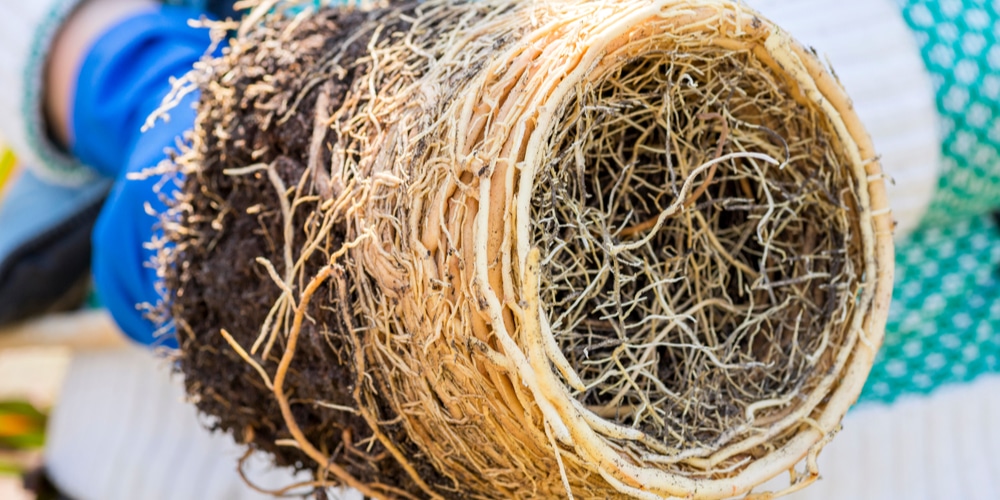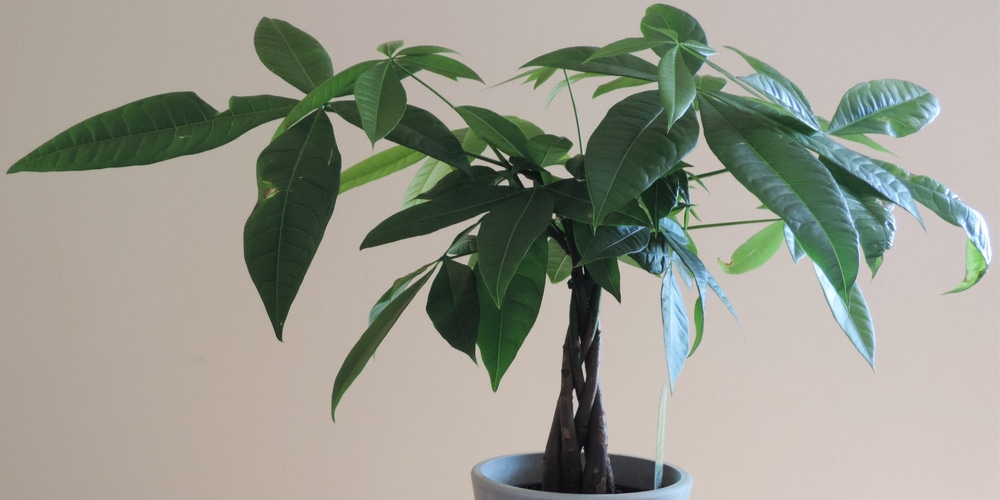If your money tree’s health is suffering and you think it may have root rot, you’ll need to act quickly so that your plant doesn’t die. Let’s look at how to save a money tree from root rot.
Money Trees are lovely plants that are considered very low-maintenance and easy to care for. A common mistake people make is overwatering, which can lead to root rot and kill your plant. An overwatered plant will have soggy soil and dropping leaves. Your plant may even begin to drop its leaves.
1. Test the Soil

Your money tree will suffer from root rot if it’s sitting in waterlogged soil. Signs of root rot include wilting leaves, leaves that have started to turn yellow or brown, leaves being dropped, a mildew smell, and slow growth.
The first thing you should do if you think you’ve overwatered your money tree is to feel the soil. You can also push your finger an inch or two into the ground. If the soil feels very wet, you’ve probably overwatered your plant and should stop watering straight away.
2. Examine Your Money Plants Roots

If the soil is waterlogged, you can then examine your money plant’s roots. Remove your plant from the pot and gently loosen and remove the wet dirt. Remove as much soil as you can from the plant, and then look at the roots. A healthy money tree should have roots that are firm and white. If the roots are black or brown and feel soft, they have started to rot.
Money trees that are suffering from root rot cannot get the water and nutrients they need. If root rot has progressed too far, it will kill your plant. You may be able to save your plant by removing damaged roots and repotting.
3. Clearing Away Infected Roots and Soil
You’ll need to remove and throw away the diseased roots and soil as pathogens from root rot can remain in the soil. You don’t want to end up reinfecting your plant, so remove all the dirt and use a new pot.
The next step is to use a sharp knife it cut off infected roots. Cut off any roots that look discolored or feel soft. Be careful not to leave any infected roots behind, or the infected may reoccur. You can then apply a fungicide to the remaining roots. This will kill any root rot fungus that remains. You can also prune your plant, remove the damaged foliage with scissors.
4. Repot Your Money Tree
After getting rid of damaged roots, you can repot your money plant using a new pot and soil. It’s best to use a pot that’s unglazed and has drainage holes, as this will stop your plant from becoming waterlogged in the future.
If you’re using the same pot your plant was in before; you can soak it in a gentle solution of bleach and water for half an hour. Then rinse your pot and leave it outside in the sun to dry.
It’s a good idea to add a drainage layer to the bottom of your pot before replanting your money tree. Gravel, stones, or activated charcoal will stop your plant from becoming waterlogged. Activated charcoal is an excellent choice as it absorbs excess water and stops water pooling around your plant’s roots. It’s also antibacterial.
You can then fill the pot with light soil that’s well-draining. A good quality houseplant soil will work well, and you can mix in some peat moss, sand, or perlite to improve drainage. Fill the pot with soil halfway, and then carefully plant your money tree before filing up the rest of the pot with soil. You can set your pot on a saucer which will catch any excess water that drains out of the holes.
5. Watering Your Money Tree
Don’t water your money tree after repotting, instead wait a few days to a week. This will give your plant’s roots time to dry out. To avoid repeating the same mistake again, only water your money tree when the top three inches of soil have dried out completely. If you don’t, your money plants leaves may curl inward.
Conclusion
If you overwater your money tree, its roots will start to rot, and the plant’s health will suffer. You can save your money tree from root rot by removing all the soil from around the roots and cutting off infected roots. Then repot your plant using completely new soil so that the infection doesn’t spread. Be careful not to overwater your money tree in the future, or the same situation will occur.

